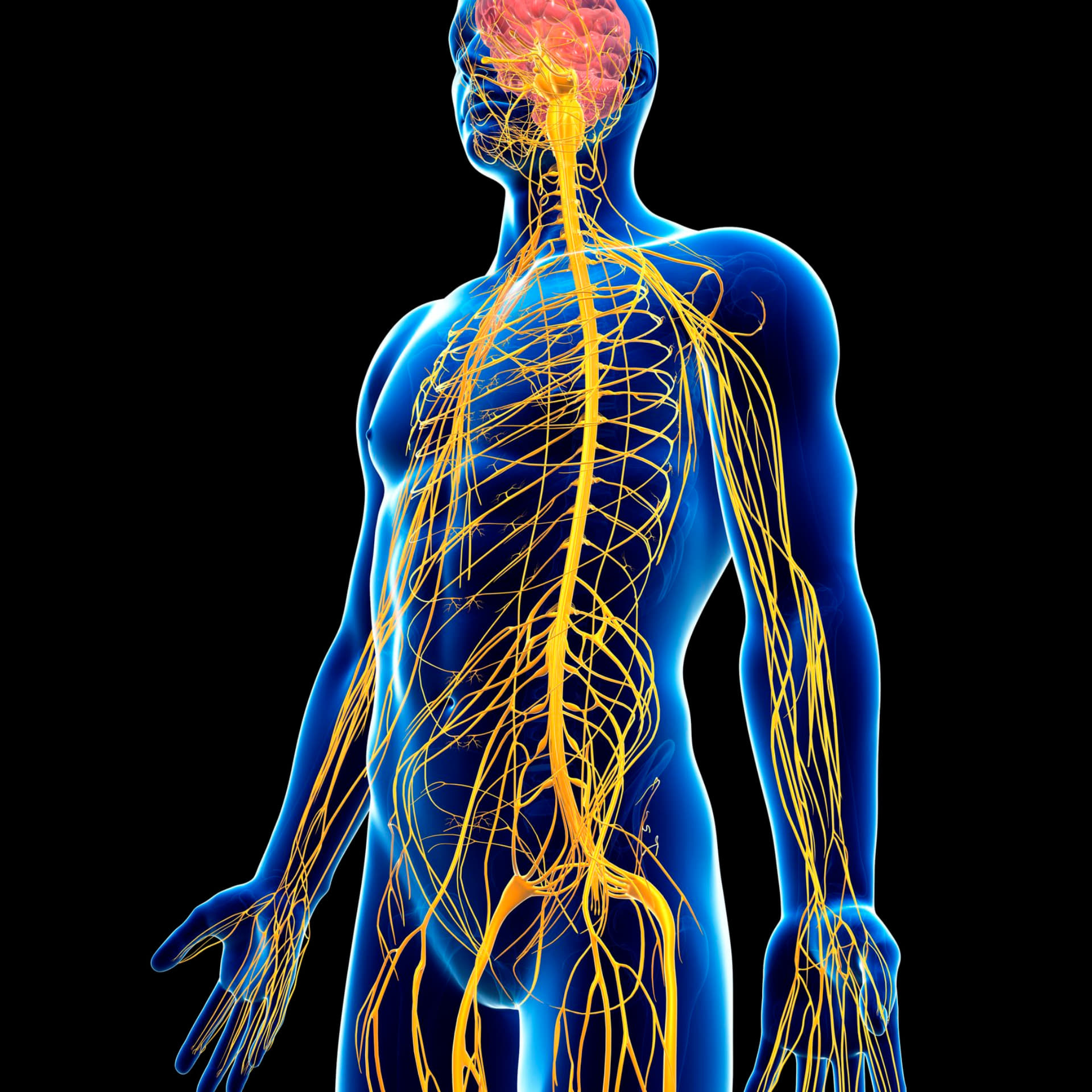Project Description
Chiropractic, often aiming to correct mechanical disorders in the spine and other joints, is a branch of healthcare that emphasizes the relationship between the spine and the nervous system. This treatment method focuses on optimizing the body’s own healing processes and improving overall health.
Chiropractic treatment is generally based on the following fundamental principles:
1. Communication and the Nervous System: Chiropractic centers around the optimal functioning of the nervous system in the body. The nervous system facilitates communication among cells, organs, and tissues. Due to the significant impact of the spine on the nervous system, chiropractic treatment is often associated with spinal alignment.
2. Vertebral Subluxation: A commonly mentioned concept in chiropractic is vertebral subluxation, referring to the misalignment or displacement of one or more vertebrae in the spine from their normal position. Chiropractors believe that these subluxations can exert pressure on the nervous system and hinder communication in the body. Therefore, they aim to correct these through spinal adjustment methods.
3. Manual Adjustments: Chiropractic treatment often involves manual adjustments. These adjustments, made by the chiropractor using their hands, aim to realign the spine and other joints. This process targets the proper placement of vertebrae and aims to enhance the effectiveness of the nervous system.
4. Post-Treatment Recovery: Chiropractic works by supporting the body’s natural healing processes. Many individuals report a reduction in pain and discomfort, increased flexibility, and an overall improved sense of health after treatment.
Chiropractic treatment is commonly used for conditions such as back and neck pain, headaches, nerve compressions, and musculoskeletal issues. However, it may not be suitable for everyone, and in some cases, seeking the opinion of other healthcare professionals is important.
There are various exercises and activities that can enhance the health and functionality of the nervous system:
1. Yoga and Pilates: These exercise forms can increase body awareness, improve flexibility, and support spinal health. Yoga and Pilates often focus on breath control and body awareness.
2. Breathing Exercises: Conscious breathing can reduce stress levels and aid in the relaxation of the nervous system. Deep breathing can stimulate the vagus nerve, increasing the activation of the parasympathetic nervous system.
3. Coordination and Balance Exercises: Exercises that improve coordination and balance can enhance communication between the nervous system and the body.
4. Cardiovascular Exercises: Cardio exercises can positively impact the nervous system functions by supporting overall health. Regular activities such as walking, running, or swimming can be included in a cardio routine.
5. Meditation and Mindfulness: Reducing stress can have a positive effect on the nervous system. Meditation and mindfulness techniques can help calm the nervous system.
Since everyone’s body structure is different, it’s important to choose exercises that are suitable for your individual health condition and needs. If you have a specific health condition or before starting any physical activity program, consulting with a healthcare professional is crucial.


